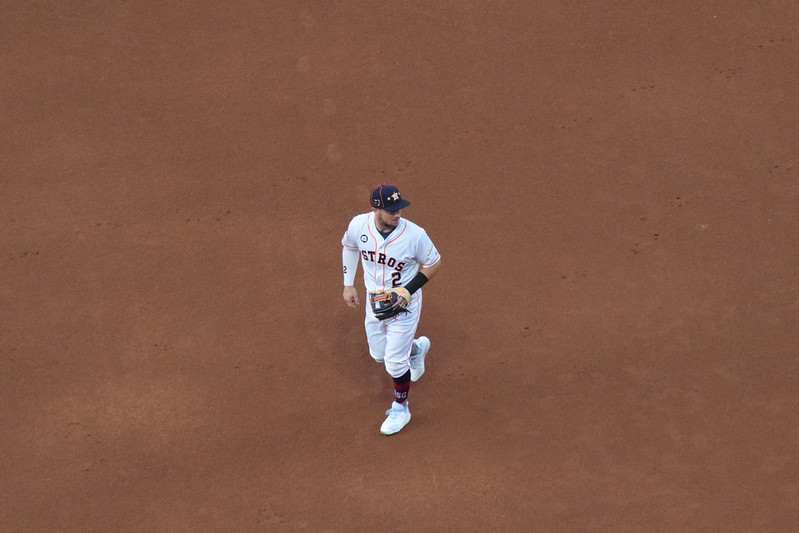Starlin Castro Signing Only Raises More Questions
The Washington Nationals have had a busy winter. The defending champs had several departing free agents to negotiate with, and while they couldn’t hang on to Anthony Rendon, they had better luck with Stephen Strasburg, Howie Kendrick, and (as of two days ago) Asdrúbal Cabrera. Washington has also inked a few non-incumbents, most recently infielder Starlin Castro. Last Friday afternoon, the Nationals and Castro shook hands on a two-year agreement worth a total of $12 million. It’s a short-term contract for the (somehow only) 29-year-old, and there are no options or incentives to lengthen or sweeten the deal.
It feels like an eon since Castro debuted as a 20-year-old hit-tool wonder for the Cubs. At the time, the consensus on the Dominican was that, given his lack of power and solid glove at short, he’d have to hit .300 to be a good player. Initially, the projection held: In the early years of his career, he made All-Star teams when his average neared or crested .300 and was approximately replacement level when it didn’t.
But Castro’s post-Chicago tenure has played out a little differently. He slid over to second upon joining the Yankees in 2016, and has barely featured at short since. He’s also grown into more power with age, twice topping 20 homers in the last four seasons. That extra power has partially compensated for a dwindling average, and ultimately the overall value of his production hasn’t dipped too much even as its shape has shifted quite a bit. Read the rest of this entry »
 Jay Jaffe
Jay Jaffe
